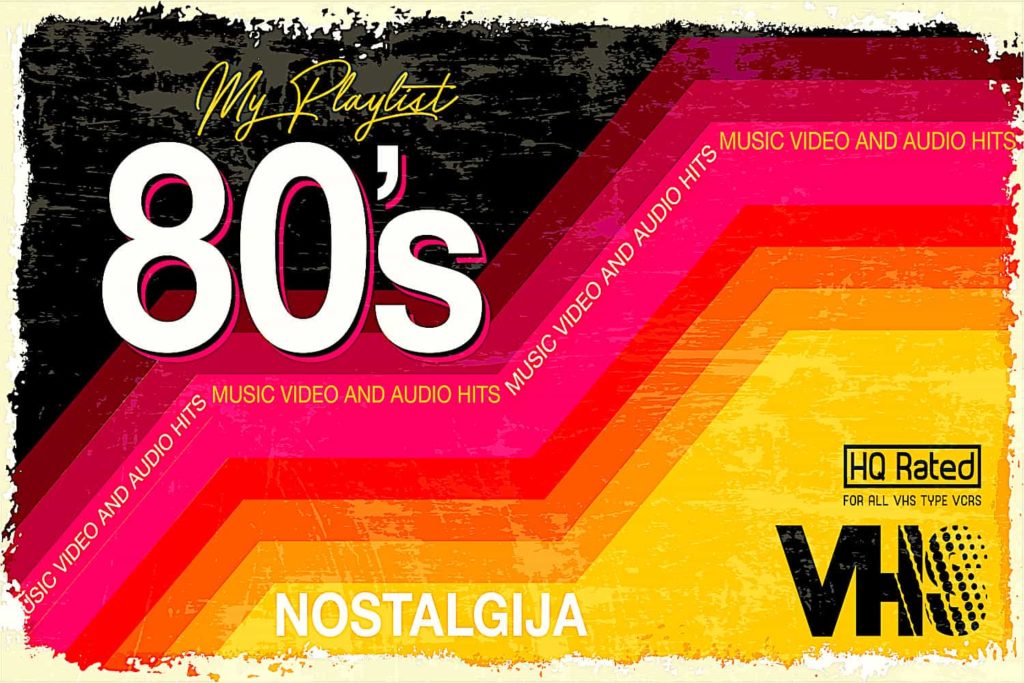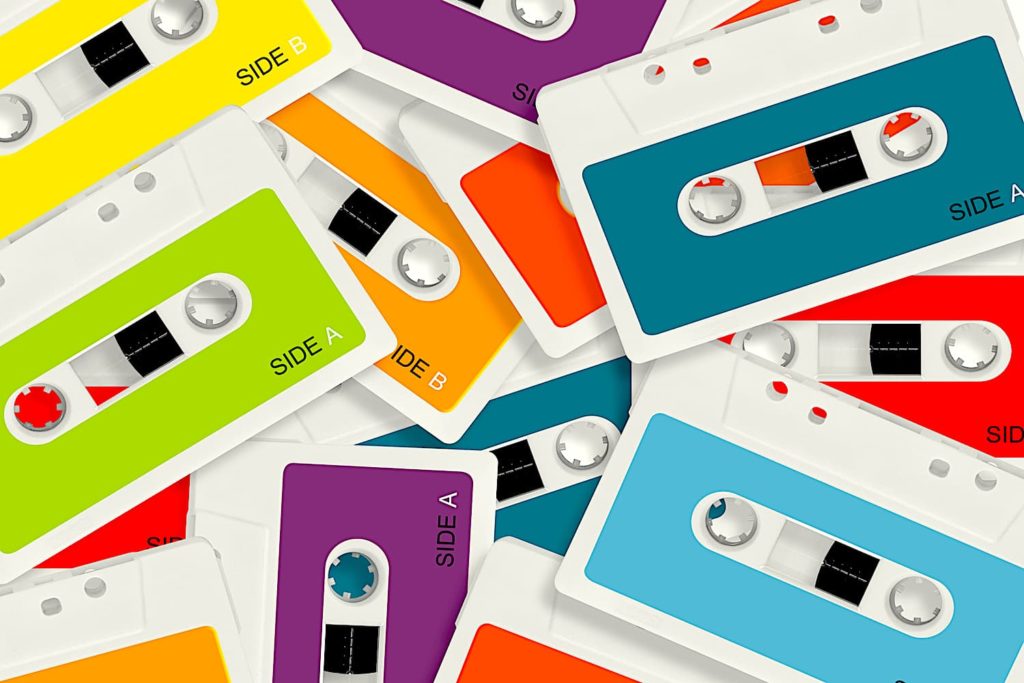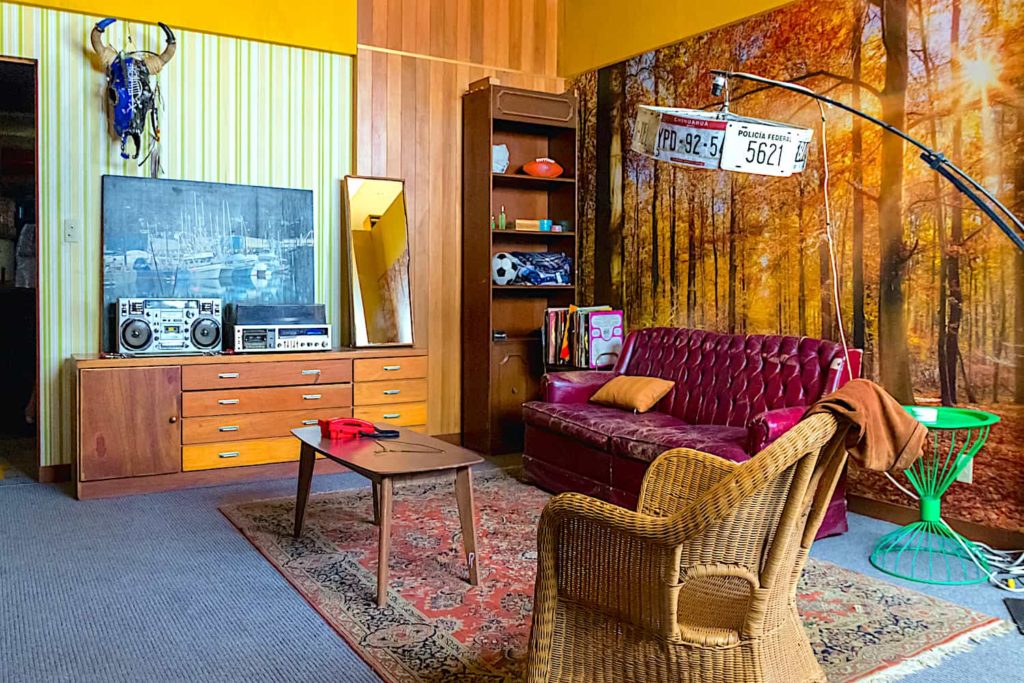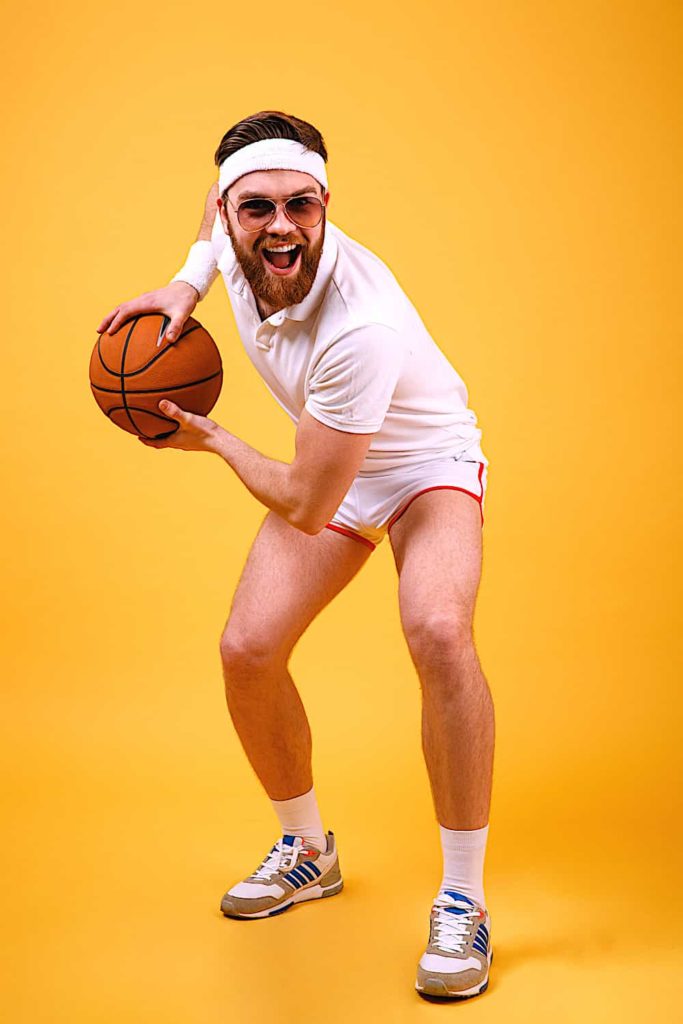
Stars of the Second Tier: Creativity on the B-Team
U.S. culture has an obsession with being the best. It loves “Top Ten” lists of everything from music to movies to motor oil. With all the focus on being at the top, much of what isn’t ranked highly on those subjective lists fades into oblivion, and in the process, many creative opportunities are lost. This post, which is about the benefits of plumbing the second tier of cultural production, was sparked by an experience I had in the middle of a cornfield.
Daydreaming at the Diner
On a solo trip to my family’s cabin in northern Minnesota, I found myself awake at dawn and completely out of coffee. In need of morning inspiration, I made the two-mile journey into the countryside to have breakfast at a diner aptly named The Cornfield Café. I bellied up to the counter, ordered my coffee and pancakes, and let my mind wander in the homey atmosphere. I paid no attention to the music until a song came on that shook me out of my morning stupor and sent me back to the early eighties.
The song had debuted in 1980 and was one of Eddie Rabbitt’s most successful singles. It would never be considered a “top hit” of the decade, but over breakfast in the diner that morning, the song had effectively transported me back to the eighties.

“Drivin’ My Life Away” is very recognizable as being of the eighties with its bouncy, country-pop sound. The song made it onto several Billboard charts in 1980 and received a lot of radio play at the time. Even so, it is almost never used in television or film scenes set in that period. As the song is not considered emblematic of the decade, you rarely hear it nowadays unless you purposefully seek it out… or unless you have breakfast at The Cornfield Café.
The A-Team’s Lost Charm
I always liked “Drivin’ My Life Away,” but I wouldn’t say it was the best song of eighties or even one of my favorites. Perhaps it was precisely because the song is not the most popular eighties reference that it took me back to that time so viscerally. The biggest chart toppers of that same period –such as Madonna, Bruce Springsteen, or Lionel Richie– have been so frequently used as pop culture touchstones and their music has had such continuous radio play, that they are no longer strictly associated with a specific moment in time.
This same phenomenon happens in other areas, not just music. If other cultural references, from fashion to politics, become overused, they lose their potency. In terms of making a strong connection with a particular period, the A-team players eventually lose their edge; then it is the time for the creativity of the second string.
Living an Eighties Moment
It’s easy to find examples of this phenomenon in reference to the eighties as we are now in a moment of nostalgia for that decade. Several recent television series have been set in the eighties, while others flash back to that period for an episode or two. Many of these series resort to the path of least resistance by using “the top” and “the best” of the decade. After the third time you see an eighties adolescent portrayed in a colorful “Cyndi Lauper” outfit sitting on her bed next to a Care Bear with a Michael Jackson poster on the wall, these period references lose their charm and their impact.

A few series have resisted clichés in their portrayals of the eighties. Shows like Stranger Things and The Americans are outliers for the subtlety with which they flesh out the period. They do this by not limiting their portrayal of the decade to its most recognizable elements such as Mary Lou Retton, Life Cereal (“He likes it! Hey, Mikey!”), or Mr. T.
In The Americans, a series about spies at the end of the Cold War, the son of the protagonists is portrayed as being addicted to video games. The console used to represent the addiction is Intellevision, a contemporary game system of Atari, but a somewhat less popular one. The Netflix horror series Stranger Things portrays its young characters, not dressed as “Valley girls” or mini officers from Miami Vice, but rather in the velour shirts and corduroy pants that were more typical but less flashy elements of eighties attire. In choosing more subtle options, these series have harnessed the creative potential of the pop-culture B-squad.
Creativity and the Bench Warmers
What does all this about Eddie Rabbitt and eighties nostalgia have to do with imaginative potential at the personal level? Recalling that a solid definition of creativity is the ability to make new connections that are useful, we begin to see why using old, worn-out associations are a hinderance to imagination
This doesn’t just have to do with eighties nostalgia, but with any reference, whether it be to a period, a piece of artwork, a poem, or a recipe. We don’t create out of nothing, but rather build our creations out of references and elements from what has come before. In other words, we craft new concepts out of the building blocks of imagination that we accumulate through our education and experiences. When making a cultural reference, the most creative choice is not the most obvious option, but rather a recognizable but less evident one.

If you want to evoke autumn in your creation, for example, whether it be a song or interior decore, try moving toward the second tier of references instead of going directly to apple picking and pumpkin spice. The softening light of fall, dew on fading leaves, or fields after harvest are more creatively evocative choices to represent autumn than a turkey in a pilgrim hat.

We will probably never fully escape the A-squad of cultural references. We are stuck with teased hair, Donkey Kong, and Larry Bird as symbols for the eighties. But with our own creations, we can avoid using the most valuable players, and opt for the more interesting players on the B-team, even if they wear corduroy pants and listen to Eddie Rabbitt.